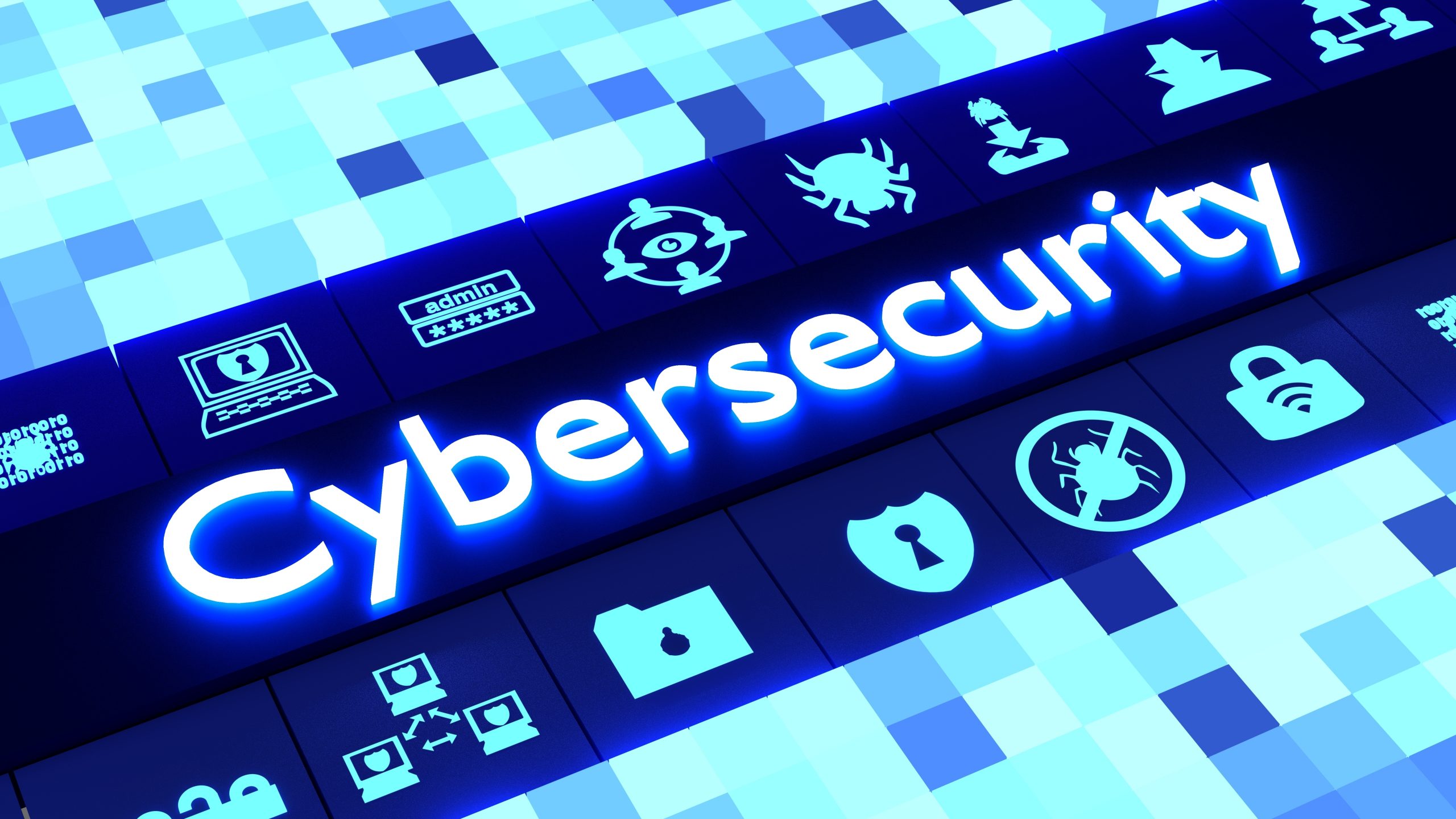Tech
Bridging the Gender Gap in Cybersecurity: Experts Weigh In

Despite the growing demand for cybersecurity professionals, women remain underrepresented in the field. Research by ISC2 found that only 24% of those in cybersecurity are women. This article explores the reasons behind this gender disparity, the barriers women may face when pursuing careers in cybersecurity, and potential solutions for increasing female representation in the industry. We sought the perspectives of both men and women working in cybersecurity to gain a better understanding of the situation.
Insights from Industry Experts
Jeremy Kushner from BACS Consulting Group observes that there has been some progress in addressing the gender gap in cybersecurity, but women are still significantly underrepresented. He attributes this disparity to several key factors:
- Lack of education: Studies show that women are less likely to have access to training in cybersecurity and technology in general.
- Stereotypes: The male-dominated nature of the field can discourage women from pursuing opportunities, possibly due to unconscious bias and discrimination in the hiring process.
- Lack of role models: When women don’t see other women in cybersecurity roles, they may be discouraged from pursuing such careers.
- Lack of awareness and exposure: With cybersecurity seldom presented as a viable career path for women, interest in the field can be greatly diminished.
Kushner believes that education is the most effective long-term solution to this problem. By providing girls and women with opportunities to pursue STEM-heavy classes, they can develop an appreciation for and interest in careers like cybersecurity.
Megan O’Hara from EasyIT shares her thoughts on the underrepresentation of women in cybersecurity:
- She believes that the existing gender gap makes it difficult for women to break into the field, with many not being exposed to cybersecurity during high school.
- O’Hara also acknowledges the challenges of being a woman in a male-dominated field, such as being the only female in the room at technology events, which can be intimidating.
- To encourage more women to enter cybersecurity, O’Hara suggests exposing them to the field at an earlier age and providing mentorship opportunities from successful women in the industry.
- O’Hara notes that women are less likely to apply for cybersecurity roles, possibly because of the intimidation factor and the pressure to represent women in the field.
Conclusion
The underrepresentation of women in cybersecurity is a multifaceted issue that requires a multi-pronged approach. Encouraging girls and young women to explore cybersecurity at an early age, providing mentorship from successful women in the industry, and addressing stereotypes and biases can help bridge the gender gap. As the demand for cybersecurity professionals continues to rise, it is crucial for the industry to welcome and support diverse talent, which will ultimately lead to a stronger, more resilient cybersecurity workforce.
Harper Harrison is a reporter for The Hear UP. Harper got an internship at the NPR and worked as a reporter and producer. harper has also worked as a reporter for the Medium. Harper covers health and science for The Hear UP.










